A golden career spanning almost half a century has been the achievement of celebrated textile artist Sue Rangeley. Intricately machine stitched lace, beadwork, delicate silk appliqué, hand-painting, and array of artful embellishments all feature in her unique textile art.
Sue runs her creative practice from her garden studio, located in the heart of Oxfordshire. From there she shares the story of her international career, launched after she boldly walked into Vogue House in London in 1976 with a collection of embroidered bags and waistcoats.
From relief textures influenced by 17th century stumpwork to free machine embroidered lace inspired by botanicals, and the fantasy fashions adorning 1970s Vogue cover girl Jean Shrimpton, Sue’s curiosity has explored and incorporated such a range of techniques that this story will contain insights for every reader.
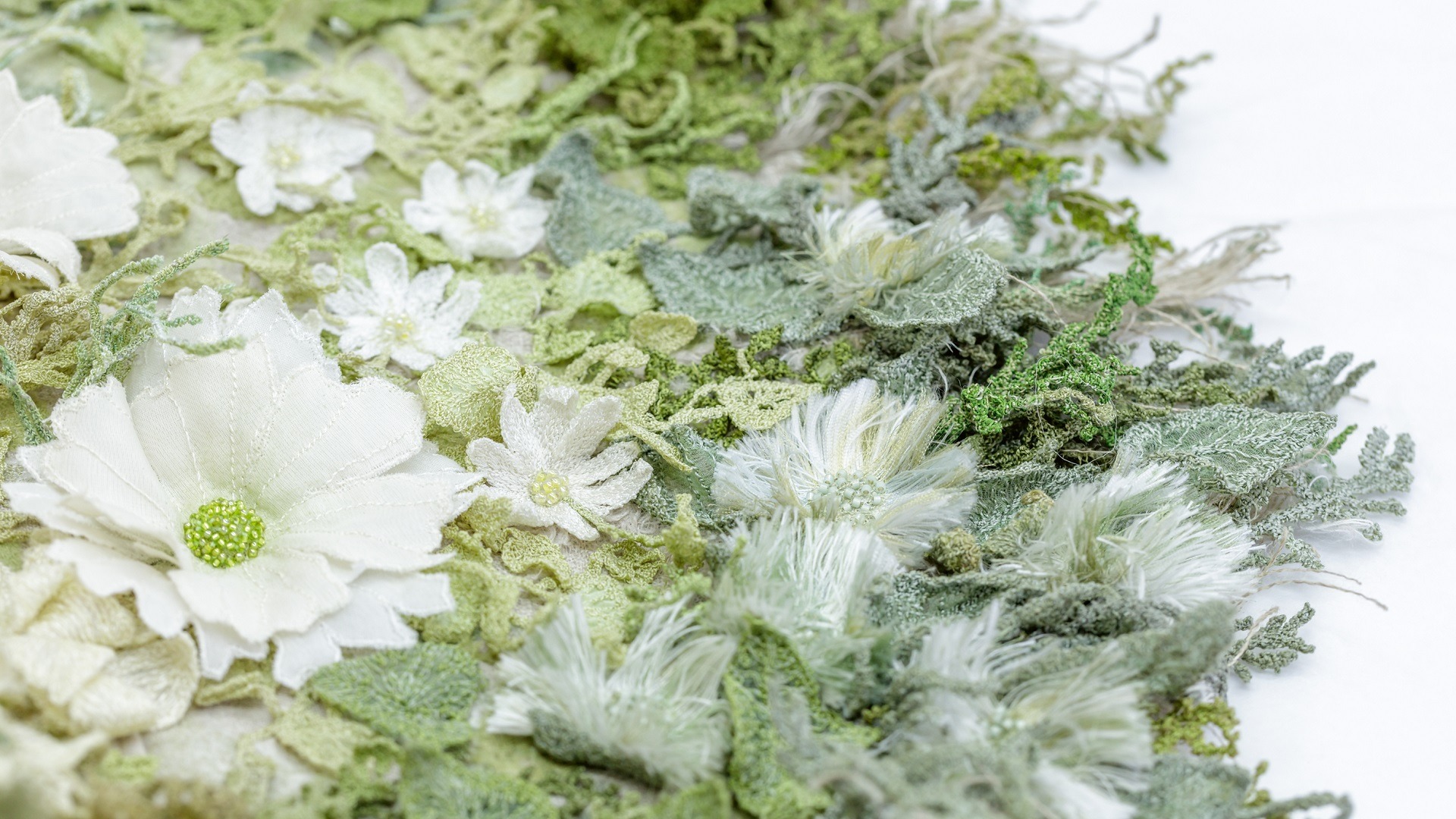
Country life and nature
Sue Rangeley: I was entranced by the world of fashion, the craft of embroidery, and all things sparkly from an early age. It was quite a glitzy contrast to the rural farming life that was my childhood in the 1950s. Perhaps it was delving into a dressing-up box of 1920s silk dresses or playing with my paper dolls on rainy days that caught my imagination. They all helped to sew the seeds of my future career.
Country life certainly influenced a love of nature, too. My first forays with stitch broke the boundaries of cross stitch patterns, instead my school cookery apron was embroidered with flower fairies. It was my liberated needlework teacher who allowed me free expression with a needle and thread at the age of 11, but that was just the beginning.
These memories are captured in the Nature Notes I-SPY Satchel, a work which celebrates a time when my enquiring eyes were opened wide to the countryside around me. I-SPY books were a favourite of mine, the embellished satchel uses original ones (from the late 1950s) to inspire the design.
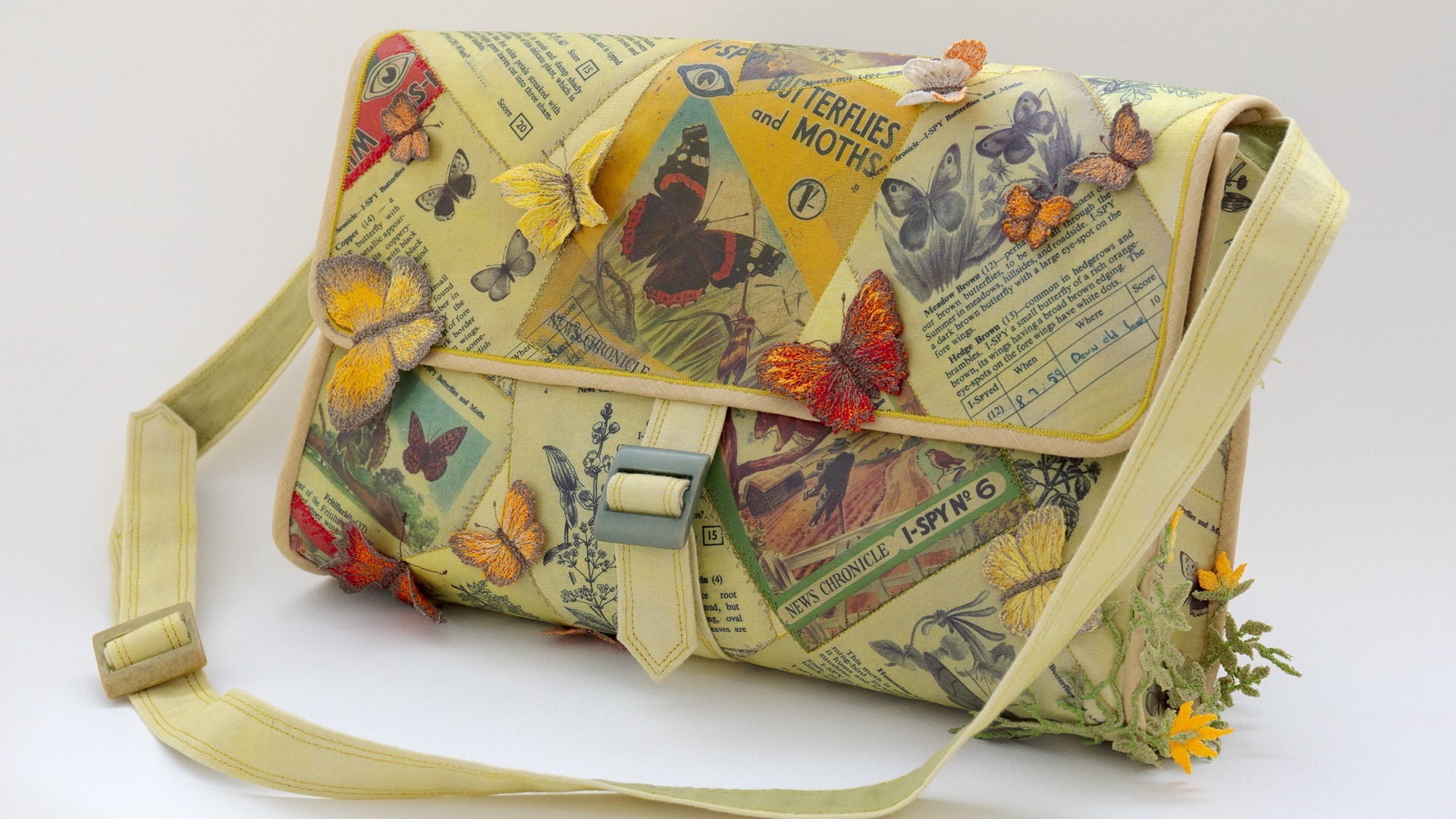
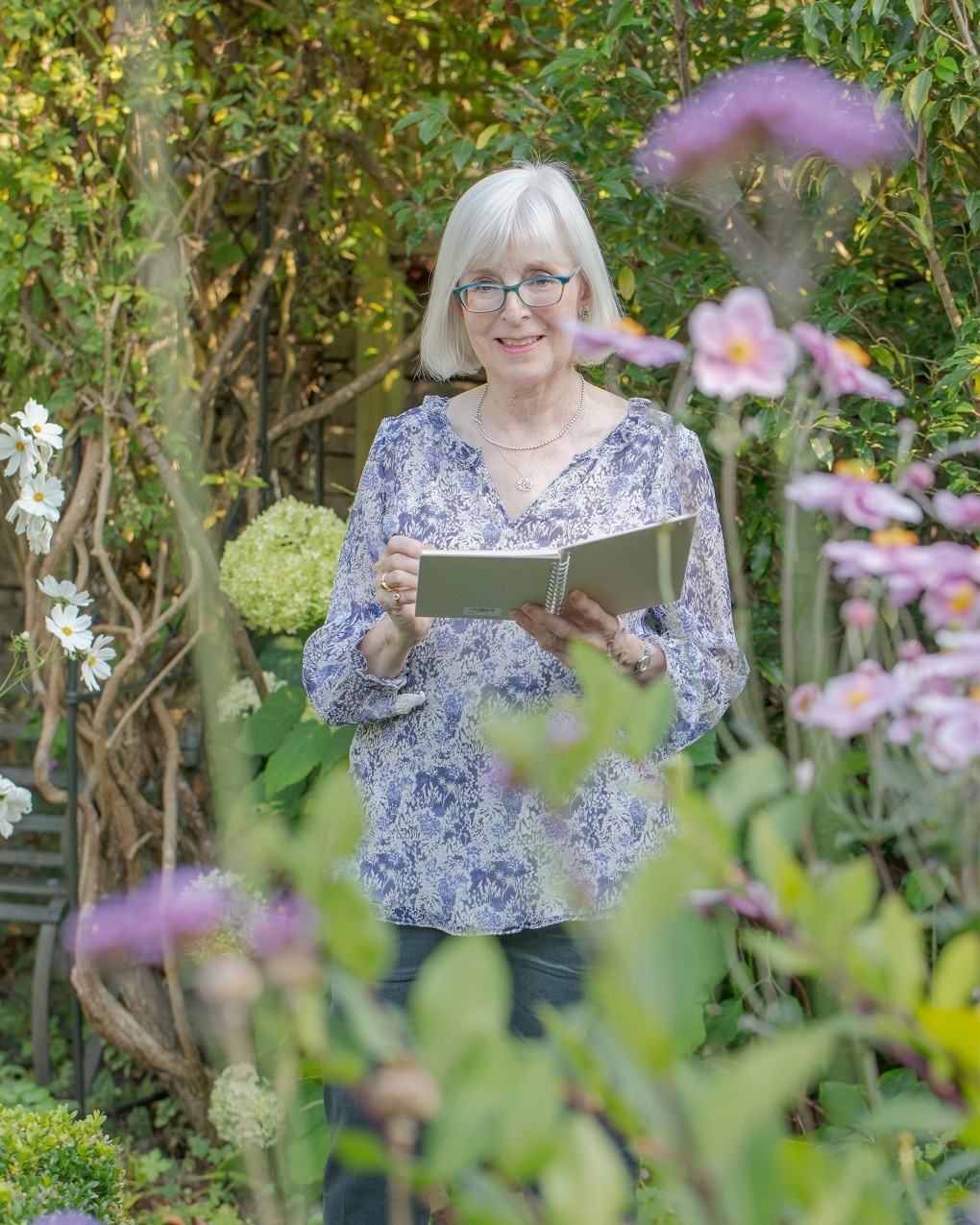
Throughout my life, my parents encouraged my creative endeavours. Although they were farmers and not artists themselves, they shared with me their love of country life and interest in the arts and crafts.
David Bailey, the fashion photographer, once said ‘curiosity is everything’ and my post-war childhood and education certainly nurtured my curiosity. It has shaped my life as an artist and designer ever since.
But I have to thank the heady days of the late 1960s, which included my art college years, for opening my eyes wide to the sheer joy of creativity! The fun and the freedom of that time was a natural catalyst for my own artistic pursuits.
Studies and influences
A love of drawing and painting, and visits to museums and art galleries while at school opened a door into an exciting creative world — one I very much wanted to step into.
Despite fierce opposition from my headmistress, who had a more conventional career in mind for me, I was determined to study at art college.
I was lucky to be selected for the Foundation Course at Loughborough College of Art (1966-1967), and although advised to follow a textiles direction, I chose to study Fine Art at Lanchester Polytechnic in Coventry for three years. Drawing and painting were my focus, and the course demanded an independent approach to creative work. This was an experience that would prove invaluable when I set up my studio.
At art college I studied fine art but I was always making fancy clothes smothered in sequins to wear to art college dances. In 1970 I made my first embroidered jacket to wear to a concert by The Who in London: a humble length of cream calico was emblazoned with ‘flower power’ hand stitchery – it was my first piece of wearable art.
The embroidered fashion lace Just Fab, which appears in my latest book Embroidery Atelier — Visions & Passions, pays homage to that era that came alive in the cultural youthquake of the late 1960s.
Free machine embroidery swirls to the free spirit of the time and sunshine yellow flora dance around the halter neckline of a mini-dress.
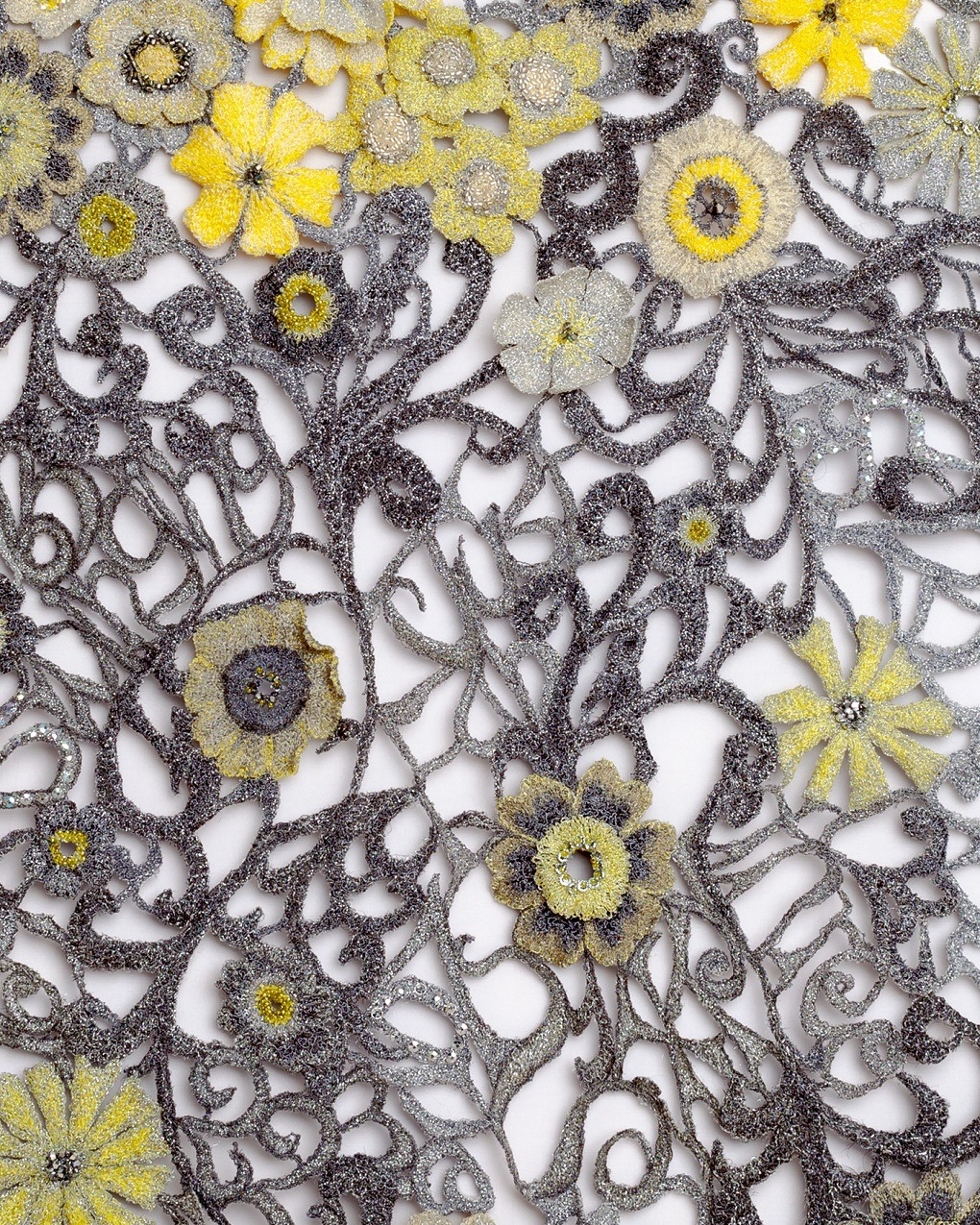
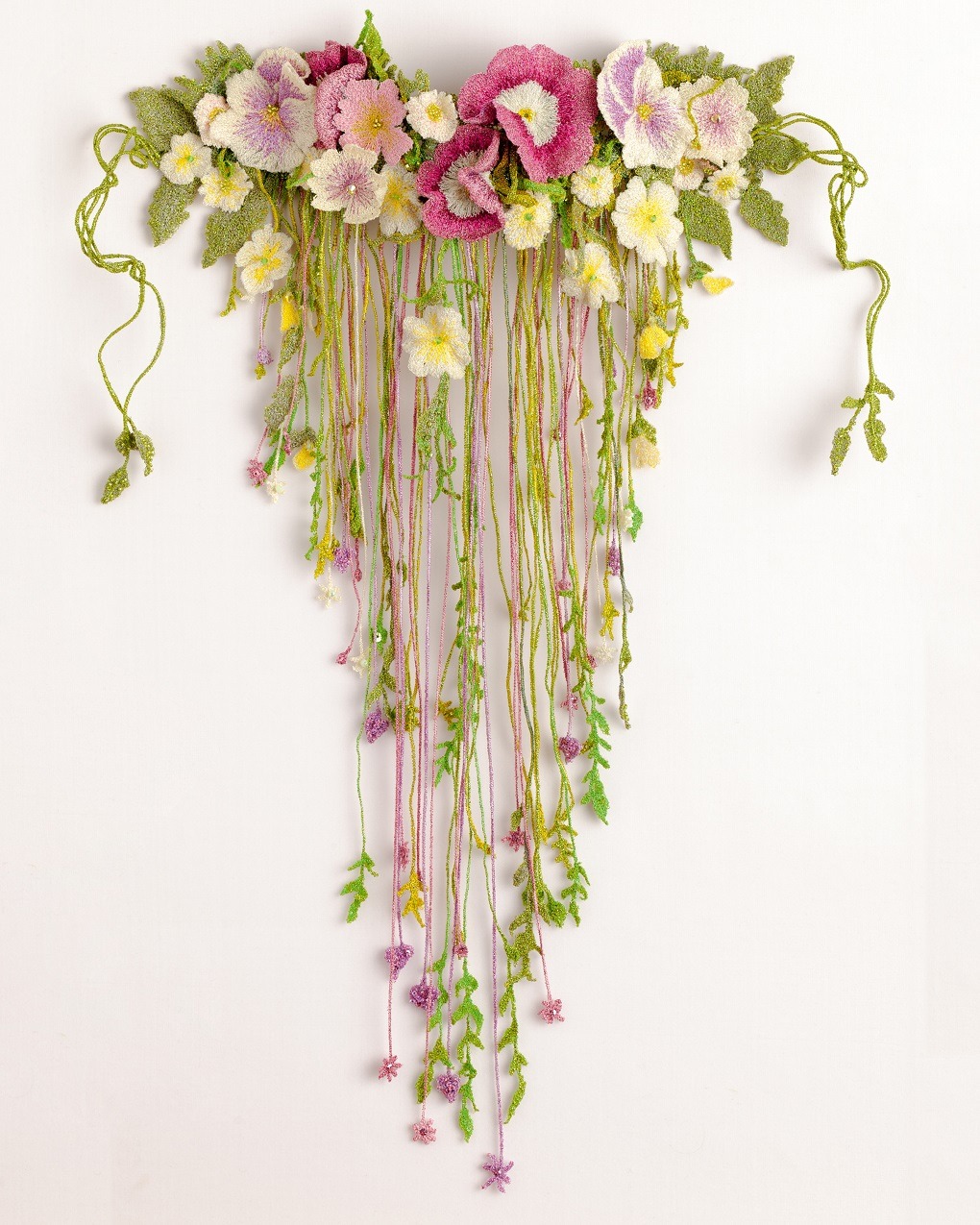
I want to add one more key influence from the late 60s and early 70s – Vogue magazines. I’ve kept and framed one iconic cover in particular, that shows the beautiful face of Jean Shrimpton from April 1970. This captures the essence of the fantasy fashions that were emerging at that time. Jean is wearing an outfit by Pablo & Delia – a leafy painted leather tunic, a gauzy petal hat, and a leather caterpillar choker.
This cover certainly inspired me to take a backwards glance at some retro accessories and a collection of embellished chokers were the result. Collecting vintage Vogues remains a passion of mine and a fantastic source of research for my work.
Later, in the late 70s, the 80s and 90s my working practice focused on fashion, with bespoke commissions for bridal and evening wear. I still regard those decorative, romantic embroideries as wearable art. The fashion designer Elsa Schiaparelli has always been an inspiring muse for my work, including her collaborations with Jean Cocteau, Salvador Dali and the House of Lesage, highlighting the art of embroidery for a fashion context.
I gain inspiration from my visits to museums, art galleries, historic houses and gardens. I like to do research into personal collections of vintage fashion, embroidery magazines and books, and I use my own textile archives as sources for new ideas.
Serendipitous moments
Life often has amazing moments of good fortune, and one of mine was in 1973, while I was teaching in a school.
I met a lady with green hair and a passion for embroidery. Her name was Constance Howard and she was an internationally famous embroiderer and lecturer.
After attending three workshops with Constance, I gave up my teaching job and joined Fosseway House Workshops set up by the designer Michael Haynes in the Cotswolds. I opened my studio there in 1975.
A second serendipitous moment happened in the Bond Street showroom of Bill Gibb Couture during the summer of 1976, after a meeting at Vogue House with Judy Brittain. What followed was three years of commissions for embroidered attire, attending glamorous catwalk shows, and working long hours in my Cotswold studio – it shaped my future.
The decades of my career are dotted with more such moments, from appearances on magazine covers, which led to exhibitions abroad, or special encounters with clients inspiring new themes in my work.
Sometimes, chance creative play-times with my sewing machine were the unexpected release of a new path for a project.
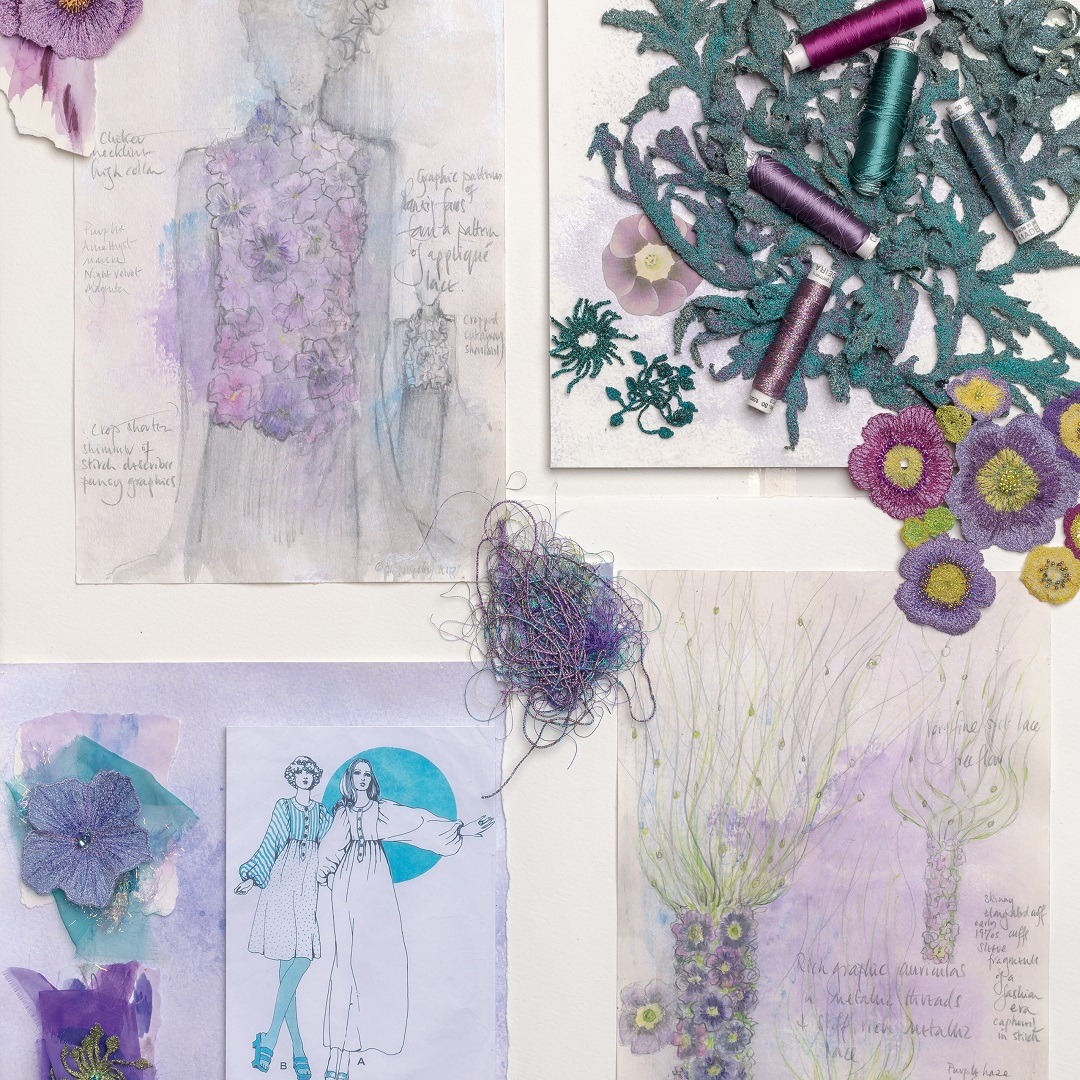
Exploring techniques
I have explored a diversity of techniques within the medium of embroidered textiles since 1975, although I had no formal training in textiles.
For me, design research and drawing interplay with creative techniques for stitch and fabric embellishment. Historical fashion embroidery can also spark new experimental textile techniques.
Throughout my career I have explored many different techniques.
From 1975-1977, inspired by the relief textures of 17th century stumpwork and 1930s appliqué work, I started to develop free-machine quilting with three-dimensional accents of machine appliqué hand embroidery and beading.
Air-brushed fabric painting and stencilling on silk with free machine-quilting became my focus from 1978 through the 1980s. After this I became interested in embellishment processes for evening wear – metallic painting on silk, rouleaux, quilting and beading –inspired by historic ornament and fashion (1990-2000).
During the years 2000-2010 my paintings and drawings featured prominently in exhibitions. However I was also working with delicate machine appliqué and cutwork for sheer organza capes and stoles and went on to develop my machine-lace Botanicals Collection. This then developed into free machine embroidered lace inspired by botanicals between 2010-2018.
The words once spoken to me: ‘Embroidery is the Cinderella of the arts’ has never affected my vision for the artistic possibilities of creative stitch.
My creative work is a fusion of fine art studies and embroidered textiles that explore fashion shapes and structures. The artistic results can appear as both framed works of art or stitched textiles for exhibitions and commissions.
The needle can freely style statements of contemporary art in the same way as a paintbrush or pencil.
My working practice follows diverse routes. It can begin with a box of china shards dug up in my garden (see China Blues lace), or sketches of moss for the embellished Sissinghurst-inspired embroideries, or simply a fleeting notion, which slowly evolves via mood boards and samples.
I always begin a design with a sketch. Without a sketchbook or pad of paper I would feel rather lost. It is a close companion for creative moments. I have always used pencil and paper to express and crystallise ideas during research, creating a visual diary of thoughts for embroideries. I also get ideas for designs outside of the studio, and the sketchbook is a portable medium, which I will take into the garden to draw plants and foliage. But sometimes jottings can be literally on the back of an envelope.
Many of the designs for pieces in Embroidery Atelier were created on A1 sheets of watercolour paper. I enjoy the freedom to splatter paint and ink on surfaces prior to detailed pencil work.
Since 2018 I’ve been working on new embroideries and writing text for Embroidery Atelier. The book includes over 40 different techniques and I’ve included a chapter devoted to processes.
I use a range of machine embroidery threads, such as Madeira, YLI, in rayon, metallic, etc. Some of the recent pieces delve into the vintage thread box too, even dyed skeins of Second World War parachute silk are stitched into laces. My favourite material for machine lace is a special fabric I get from Whaleys of Bradford which dissolves in hot water and is ideal for embroidering large pieces of lace. Other techniques explore transfer printing, foiling, fabric painting. Each concept directs a choice of techniques to express an original vision.
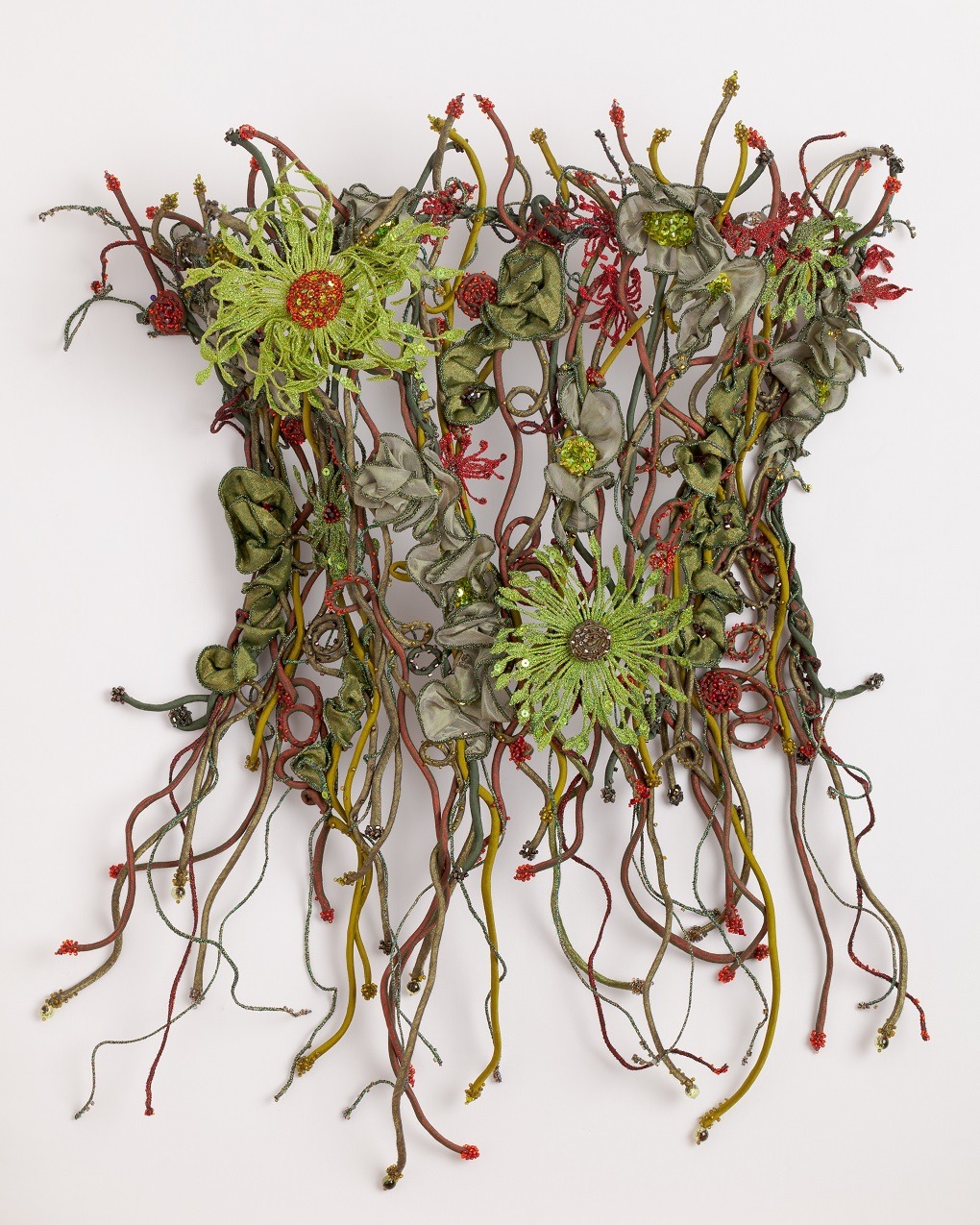
My book, Embroidery Atelier, steps into my studio world and is a companion volume to Embroidered Originals. It’s a way of sharing the visions and passions that have inspired and shaped a sequence of artistic embroideries.
I touch upon nature, nostalgia and the romance of the past, which have infused design themes from frivolous ‘flower power’ fashions, past mementoes of family history and suffragette ephemera, to the garden romance of Sissinghurst and Hidcote National Trust gardens, collections of blue-and-white china shards and vintage finery.
I also share the secrets of my craft in a chapter devoted to studio techniques. The photographer Michael Wicks expertly captures the essence and meticulous details of the textiles.
An artist’s studio holds the secrets of their creations: Embroidery Atelier invites readers to delve into the art and craft of a contemporary embroiderer, and be inspired to stitch.
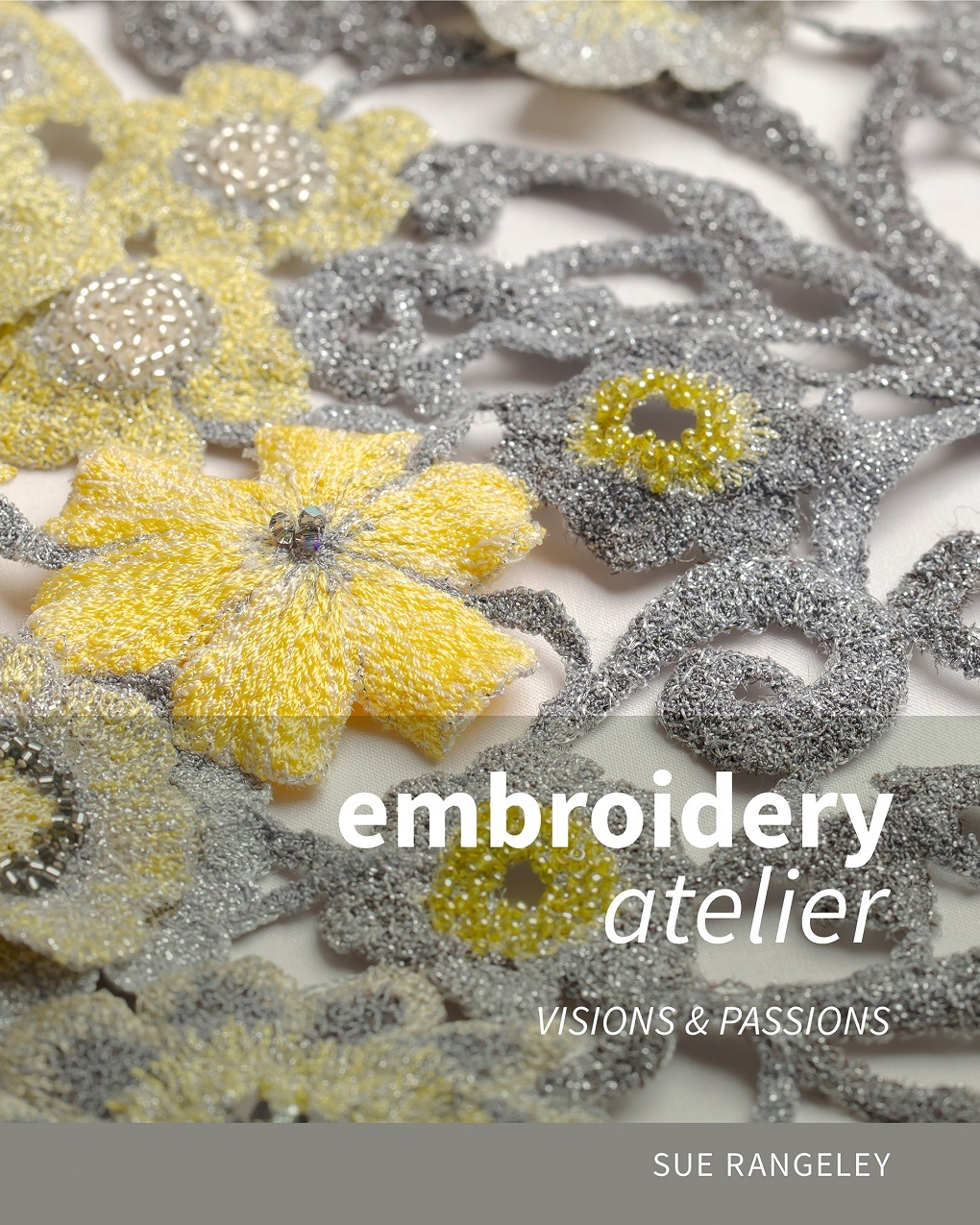
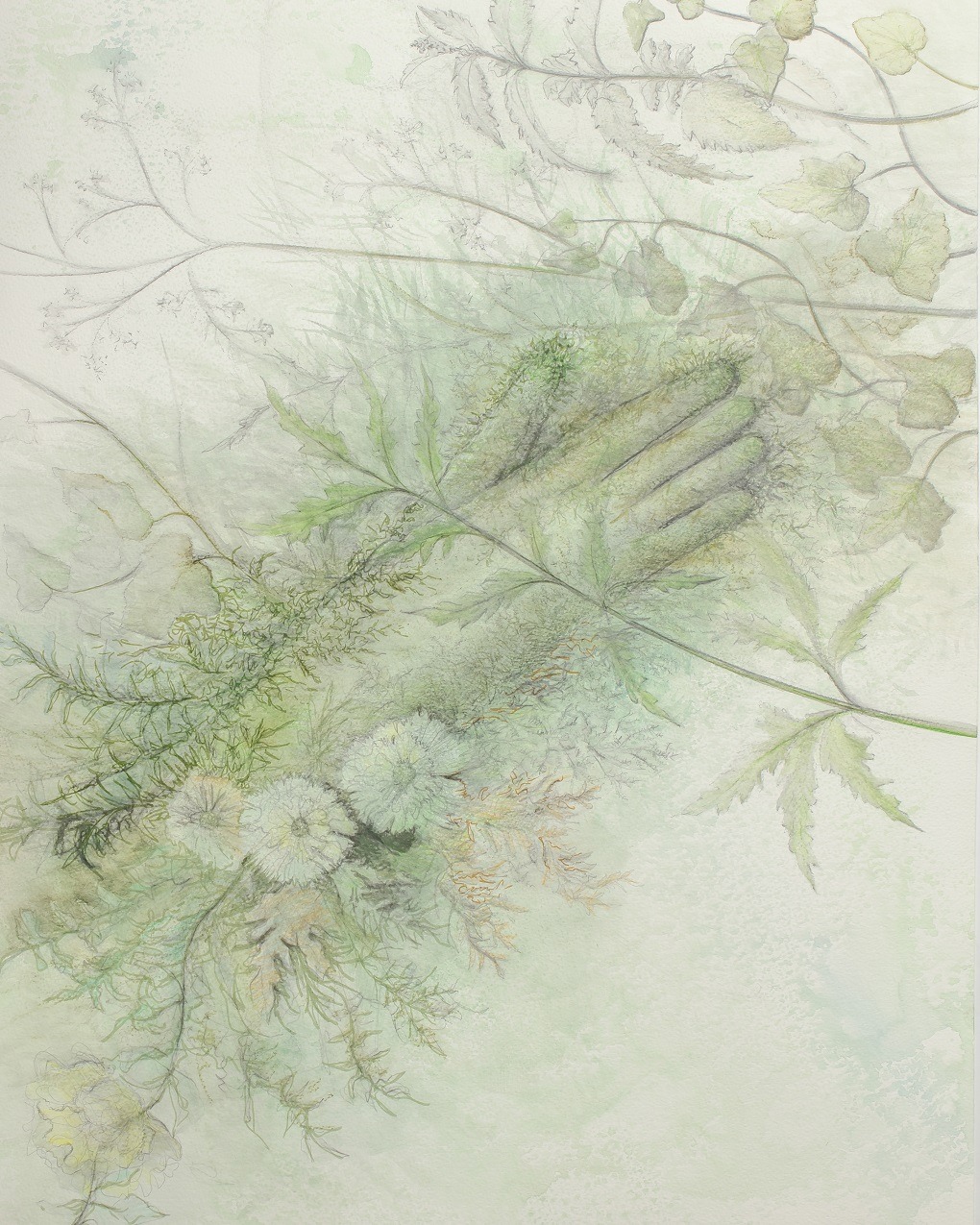
Studio ambience
My studio space was converted from an 18th century stable in 2010 and is in my garden next to my home in Oxfordshire. It’s my third studio, and perhaps my favourite. It’s quiet, light and well insulated – the perfect working environment throughout the seasons.
The backdrop of the flower garden is a natural inspiration. On my doorstep is the Cotswold countryside and nearby a train station, convenient for visiting exhibitions in London. The studio also doubles as an exhibition space when I have open studio events.
Looking around my studio, sitting at the large sewing table, I am surrounded by the different facets that shape my studio life. On one wall I keep framed botanical sketches, embroidered lace works suspended in box frames and some of my favourite mood boards for inspiration. A vintage plan chest holds decades of drawings and paintings, so many that several portfolios are tucked underneath.
My easel prompts me with my latest mood board to stimulate my next creation. I have a mannequin for garments, which is currently dressed with the Petal Power embroidery (in Embroidery Atelier). Specialist conservation boxes house my archive pieces. Many of these have taken over another room in my house – the result of 47 years of creative stitching.
Besides these there is a magpie’s nest of vintage textile delights to inspire my work and the usual artists’ materials: threads, beads, silk fabrics and of course a library of books. And finally, under the sewing table are sewing machines of different vintages, ready to conjure my ideas into a tangible form.
Beyond my garden studio, I have a study filled with even more books, vintage magazines, and archive materials. This resource library inspires my design, and provides a peaceful ambience for writing.
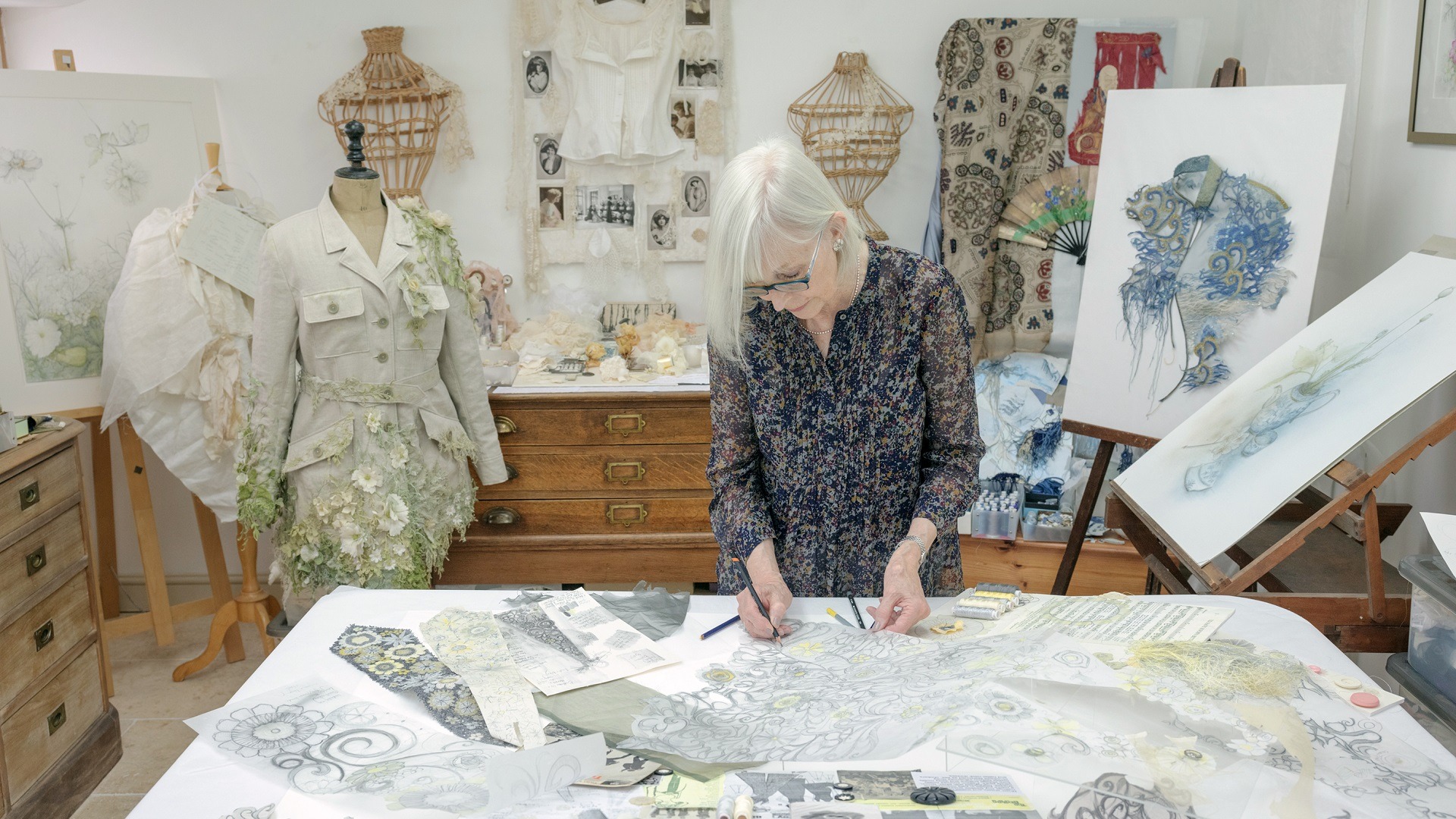
Nature’s wild side
Since the publication of Embroidery Atelier in May 2022 my time has been devoted to welcoming visitors to my Oxfordshire studio, to see displays of original works from the book.
As I write and my sewing machine takes a summer break, my imagination continues to toss a few ideas around, continuing the thread of a theme, which was sparked by a mood board created for the Sissinghurst collection.
Amongst the studio displays rests an unfinished sample: frayed and fringed textures of linen and scrim with a flash of acidic yellow from a dandelion flower. In my garden a tangle of weeds inspires a free flow of stitched textures, out of the soil emerges a wilder theme to influence my embroidery.
In tandem I am commencing a new series of sketches and watercolour paintings of weeds, exchanging pretty flora for nature’s wild side.
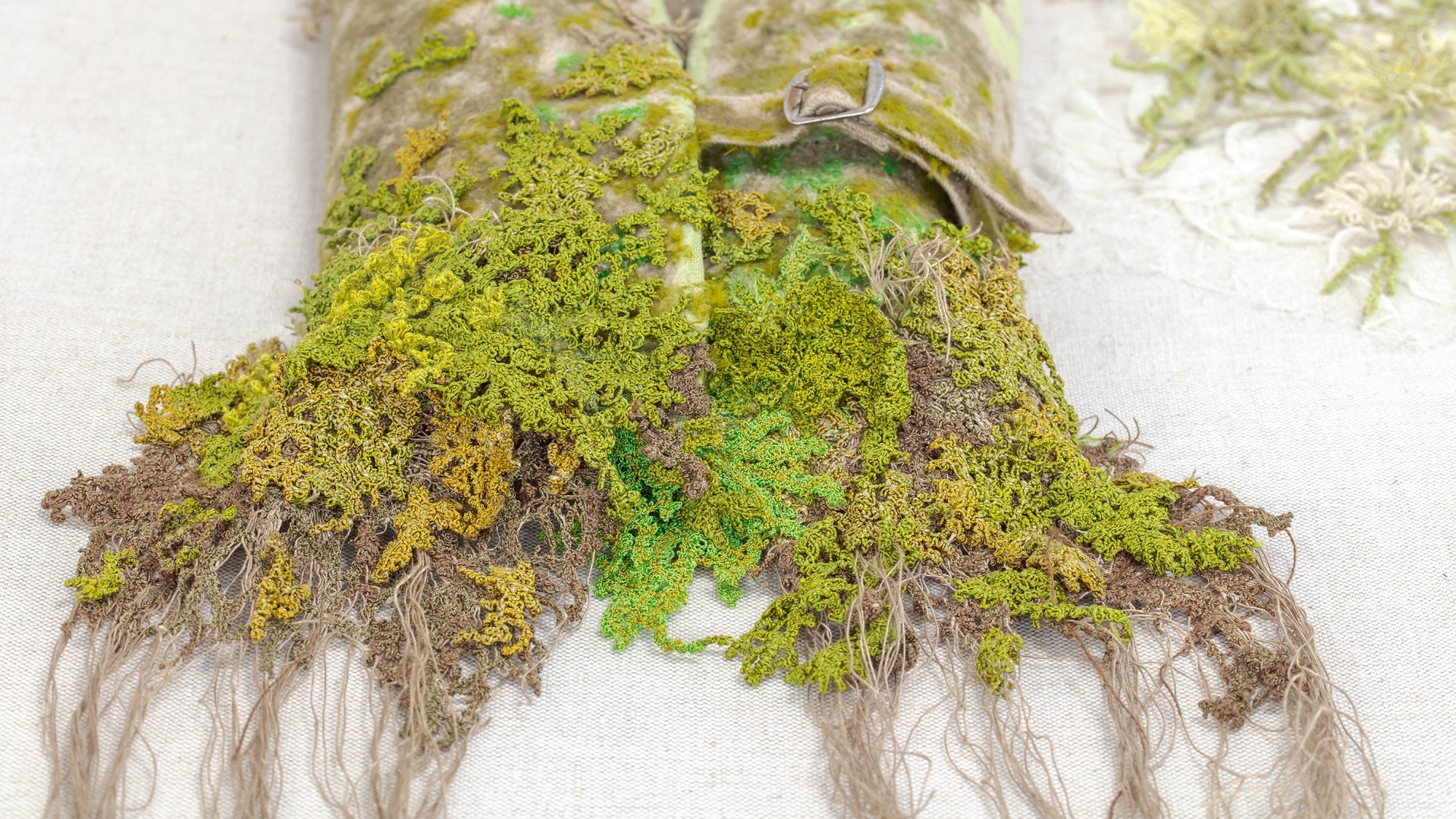
Favourite artworks
One famous Waterlily waistcoat made my first appearance in Vogue magazine (September 1976) and launched an order for one hundred silk appliqué jackets for the designer Bill Gibb in 1977. That work will always remain important.
But in my studio I have a work completed in 2021 especially for my new book. China Blues resonates with personal passion, entwining a love of historic oriental embroidery and old blue-and-white porcelain and pottery.
It all began with a collection of china shards dug up in my garden, fragments of pattern that inspired stitch samples. The inspiration themes sparked a new colour palette which I love. This work will certainly remain in my home, displayed in a room with a wall of antique blue-and-white china plates – very appropriate.
As I muse on these two textiles that hold a special place in my heart, which were created 45 years apart, a memory of a visit in 1976 to see the Chinese robes in the Victorian & Albert Museum flashes before me. The early waistcoat was directly inspired by seeing Chinese costume decoration and, decades later, a new work plucks similar references to style the spirit of China Blues!
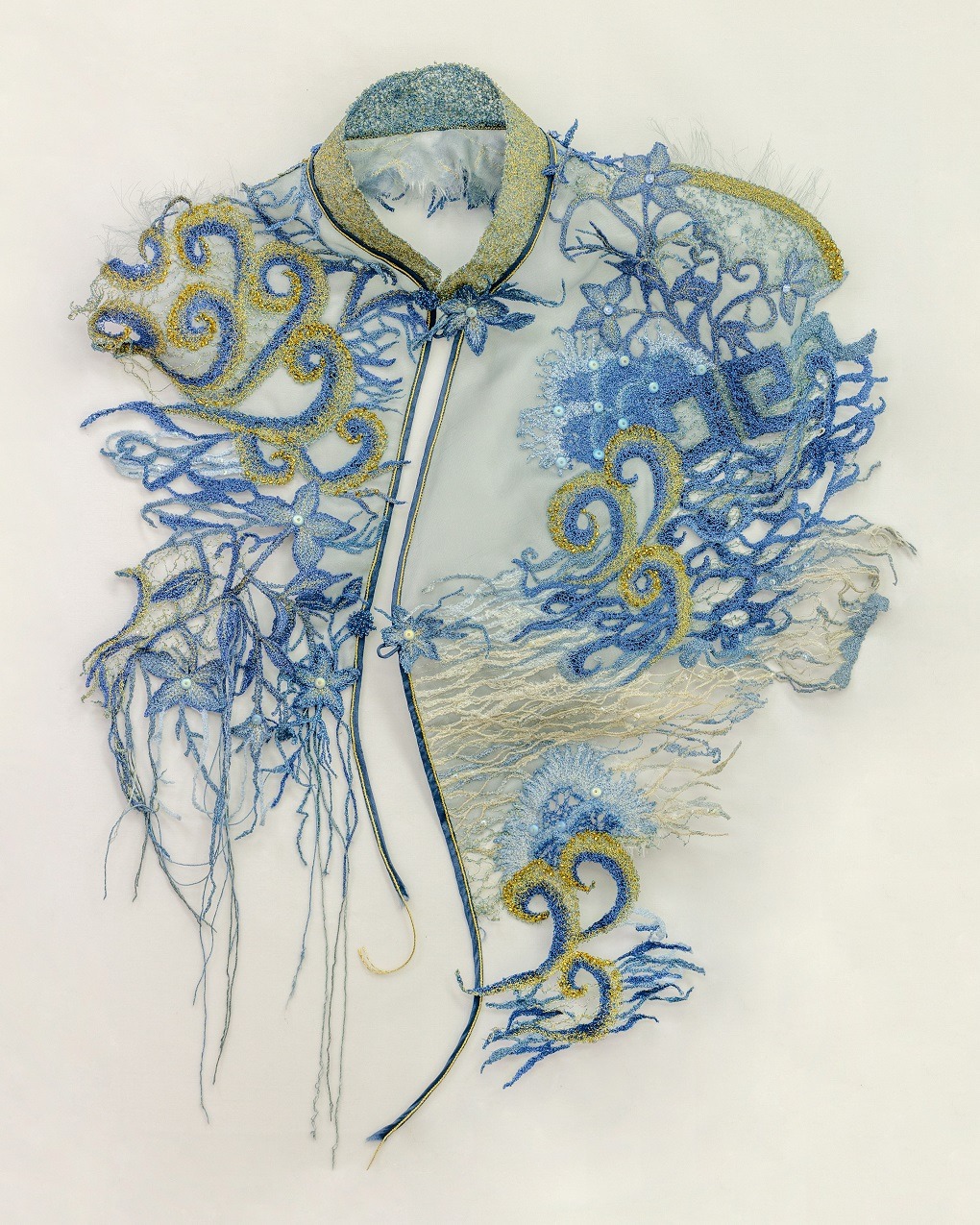

A balancing act of creative output
An artistic career is rather a balancing act of creative output, business acumen, and marketing. But at the core is your own ambition for your creative work, and that essential element has not changed since Constance Howard told me in 1974 that if I really wanted to pursue my work professionally, I should get a studio and build a body of work.
Being part of a group workshop, or joining a group of artists and craftspeople for support in promoting your work, and exchanging ideas is worthwhile at the beginning of a career. It certainly was for me. The Crafts Council aided the direction and promotion of my work in the late 70s.
I continue to spend time on my website and newsletters, as I find that having a plan and a strategy for promoting my work is useful. The internet offers an international market for selling work for those who want to stretch themselves further.
I had no idea when I started stitching the first collection of quilted satin clutch bags in 1975 in my bedroom on an old Singer sewing machine what I would be doing almost 50 years on. My dreamy, romantic ambition to create bespoke embroideries went in tandem with the reality of hard work and determination, and I guess those elements haven’t changed.
The nature of my business has always been fluid and varied, balancing studio time with lecturing and teaching. From decades of commissions, selling to galleries around the world, and exhibiting internationally, I now specialise in creating a small number of unique embroideries or paintings for exhibitions each year.
And I’m delighted that my books, Embroidered Originals (2010) and Embroidery Atelier (2022), have given me the opportunity to share my creations with the vibrant world of textile enthusiasts around the globe.
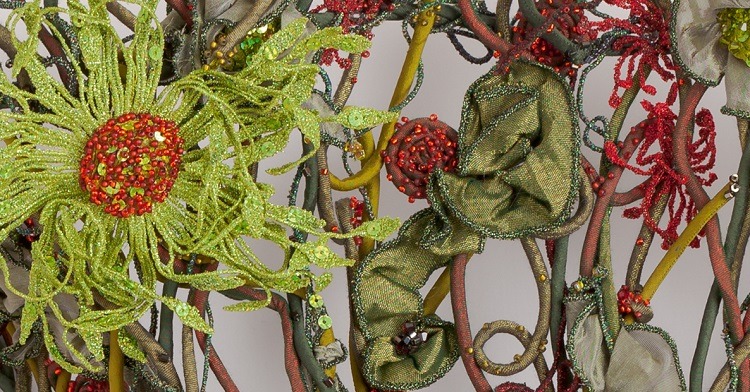

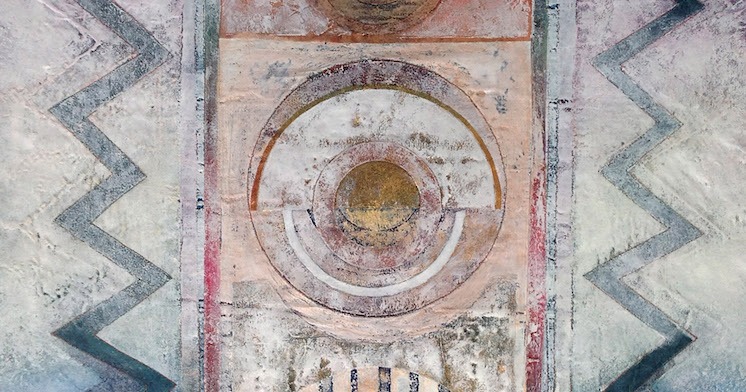
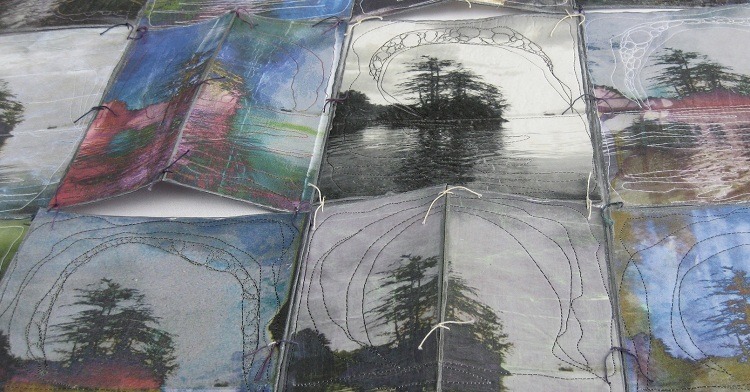
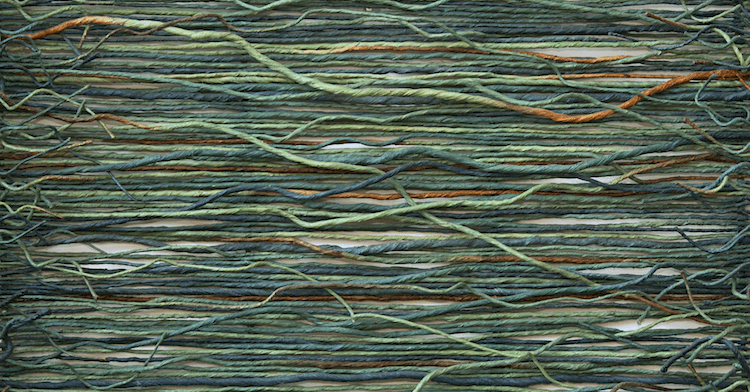
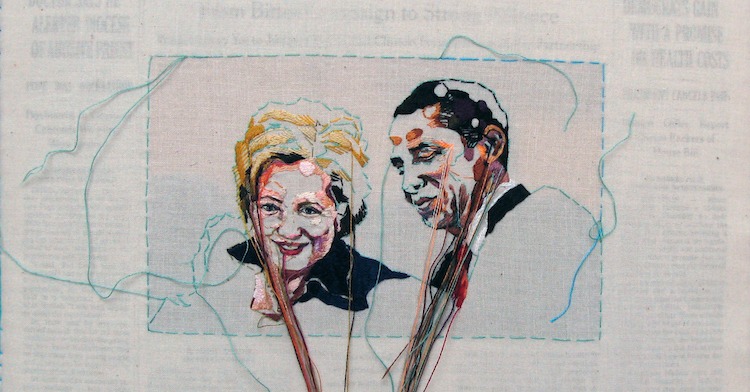
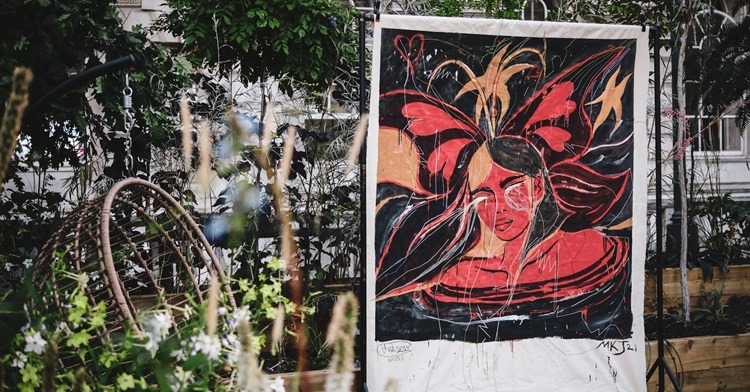
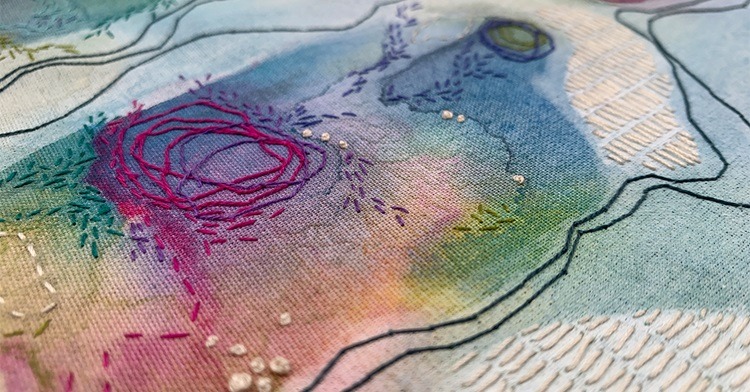
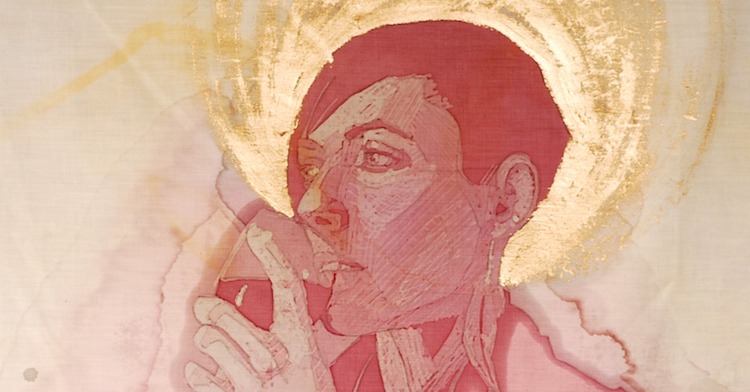
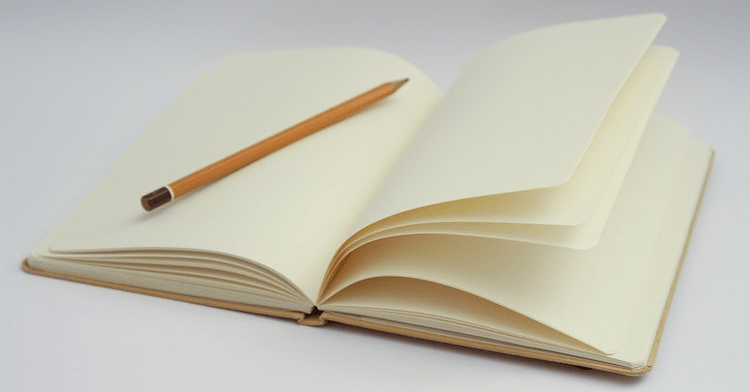
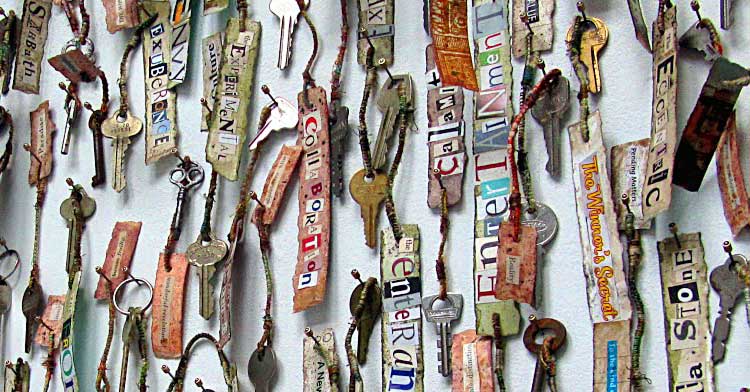
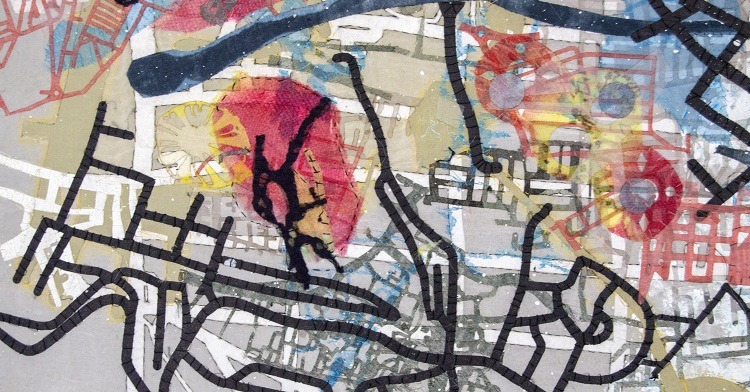
2 comments
Anne Child
Hi Sue I might have sent this twice but Conrad and I were having a nostalgic moment I just found the waistcoat you made for me at Fosseway house
Hi Sue having a nostalgic moment about Fossway house and decided to look you up as I found a waistcoat you made me .
Please get in touch